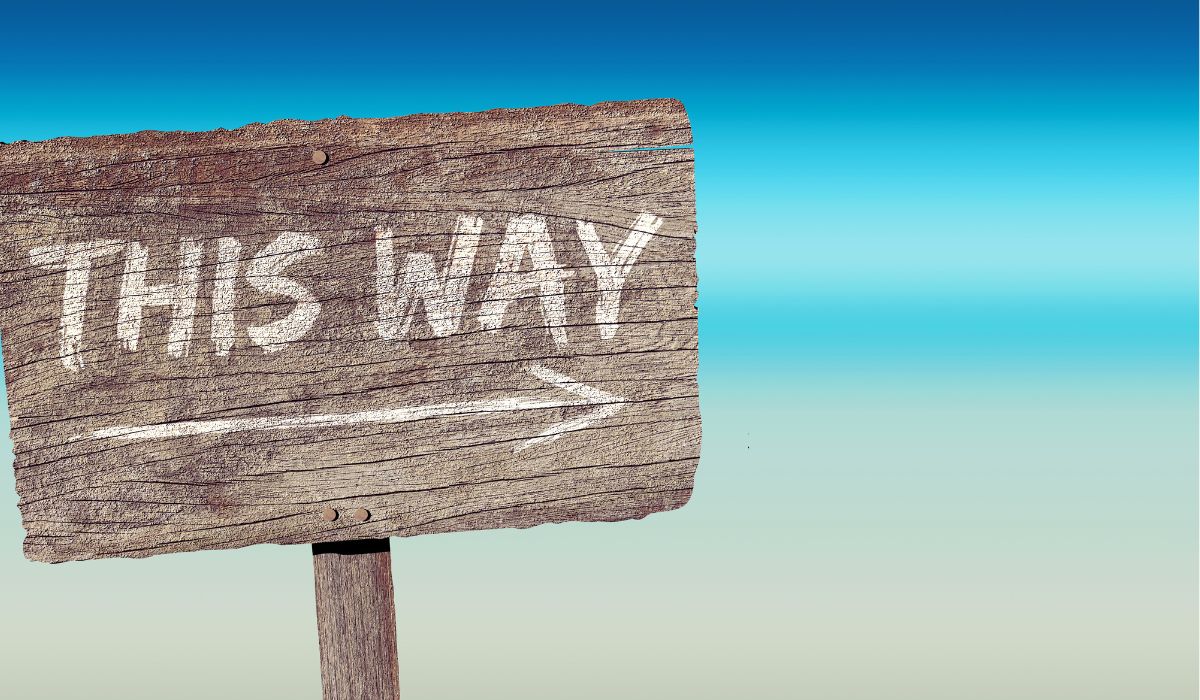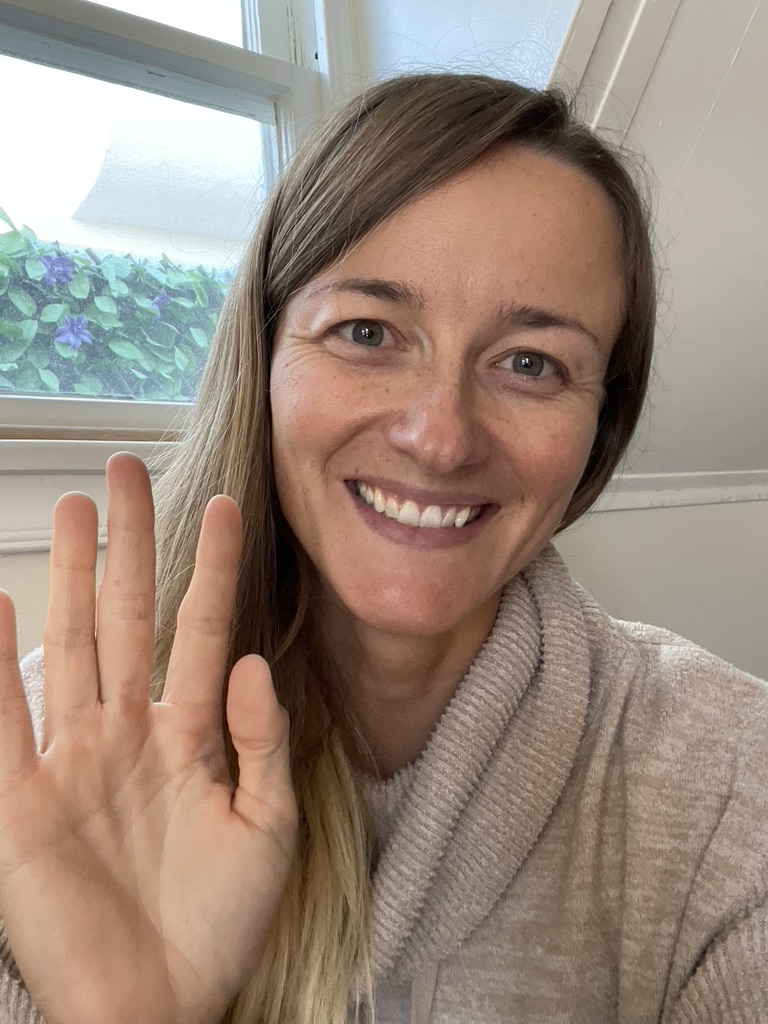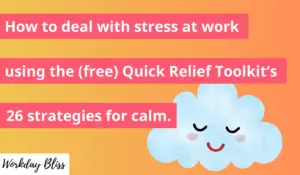
The Unfinished Task Escape Plan
A productivity method to break free from that stubborn task’s tentacles, or your own inner ones, in 5 easy-ish steps
Sometimes I catch myself with my claws into something. I’m going to get that thing done, that problem solved, that goal achieved … but now an hour has passed, now two, now oh gosh I only had half an hour to do this and now I just skipped my workout time or have to run to the meeting that starts now without the stuff I wanted to prepare beforehand, etc.
That’s not fun, not rewarding, not helpful. BUT I used to do it incessantly and even now catch myself latched on. At which point, I get to practice a strategy I found works for me and I’m hoping will work for you if you find yourself in a similar predicament. Or at least rank above alternative popular approaches including digging your heels in deeper: “I’ve already gotten this far off schedule, why quit now.” Or, forcing yourself to move on, and quickly find you’re still anxious or stressed about it in the background.
Here’s what to do when you’re spending too long on something and it’s time to move on. I call it the Unfinished Task Escape Plan:
- Notice you are spending too much time on the thing.
- Identify what’s driving you.
- Take a moment to notice what you’re feeling.
- Jump straight to the finish line and experience your desired feeling, using the Quick Relief Toolkit as needed.
- Make a plan. Breathe on purpose.
STEP 1: Notice you are spending too much time on the thing.
One time, I was a college freshman. Very fresh, cruising around the student activities fair talking to older students at their tables on the lawn about the various clubs and I could sign up for. I came upon the women’s rugby team and thought (a) I don’t really know what rugby is but I think it involves tackling, (b) I’ve never considered or been allowed to tackle anyone before. So I was in.
Next thing you know I’m lined up on the field with a bunch of other gangly never-played-rugby-before young women running drills. One of which ended with me tackling to the ground a gal I didn’t know and proceeding to try to rip the oblong-shaped ball from her tight grip. I was in the zone, doing everything possible to try to wrench it into my possession. With my intense focus on the task at hand, it didn’t seem much time had passed. But I guess it had and I noticed the coach laughing: “Okay, okay you got her. Leave it.” At which point it came to my attention that all I had been tasked with was tackling her, and I didn’t need to get the ball. “Whoopsss”, I chuckled as I patted my opponent on the shoulder.
This Step 1 of noticing sometimes comes as a moment of genius when you emerge momentarily from your focus and acknowledge how much time has passed. Or you’re not making much progress. Or you’re starting to feel stress or anxiety. Whatever the case, you have just rung the bell of hope because you can pull out this Escape Plan (and its handy worksheet) and get back on track with your day. HOT TIP: Right here something funny will often happen. You will know that you’re augured in way too deep and need to let go, AND YET you really don’t want to. This is where Step 2 is very handy.
STEP 2: Identify what’s driving you.
Fill in the blanks: I feel compelled to spend more time on this thing because then I will get to _________ and I will get to feel __________ [desirable feeling].
Just yesterday, I found myself immersed upside down in a rabbit hole, my feet kicking at ground level as I relentlessly pursued completion of a task: coming up with a name for my website (spoiler alert – it’s Workday Bliss!). At the time, I wasn’t getting anywhere. I noticed -DING DING DING!- myself doing this and promptly came up for just enough air to complete the sentence above:
I discovered I actually needed to fill in the sentence TWICE to capture all of it:
First, I feel compelled to spend more time on this thing because I will get to figure it out and move on to writing my first blog post and I will feel at peace.
Second, I feel compelled to spend more time on this thing because then I will get to keep working on it (what?!) and I will get to feel the enjoyment I’m feeling exploring domain names right now.
For that second one I should add the mind-blown emoji (🤯) because I really was amazed to discover I was hooked into the good feeling of website name search. Kind of in a video game way of getting to be out there hopping on those virtual islands in the sky trying to save Princess Peach 🏰… over, and over, and over again.
The core idea in this step is that you sort out what desired feeling is at the heart of your task-a-thon, and we’ll use that in the next step.
STEP 3: Take a moment to notice what you’re feeling.
Below, we are going to get closer to the desired feeling you named in Step 2 now, instead of waiting for the task to be done.
Now you may be thinking, “but I need to get the task done regardless of how I feel about it now or later.” And–that is a valid point. Never fear, this process isn’t about avoiding a task, replacing it with feeling good but losing productivity, or any such poppycock. In fact, it’s the opposite. We’re creating some emotional and intellectual space from this thing so you can step away, do what you need to do now, and then look at it again with fresh eyes. If you’re anything like me, you’ll come back to it with more peace and a clearer mind. Which makes working way more fun AND productive.
IMPORTANT: If you are in an argument with your brain that goes something like, “If I just keep working on it now I will get there much sooner,” then here is a comeback you can use: I have decided there is something else important I need to do right now, and I know you (my brain) will be working on this in my subconscious anyway so I’ll take a break and regroup with you about it later.
So, let’s give it a go. What are you feeling right now?
You likely find yourself in one of three situations.
A: Looking at what you filled in the blanks in Step 2, you have that desired feeling right now and that’s what’s compelling you to keep going on the task, to keep those good feels flowing. Like my delightful blackhole of website name search.
B: You’re feeling something you DO NOT LIKE (aaaah). And if you finish this task you’ll feel better (yayyyy). Who doesn’t want that relief?
C: You’re feeling neutral or okay but if you stop spending time on this you’re not going to get to the desirable feeling at the end of the rainbow OR you might have some difficult feelings later (like stress, ick). If this is you –> You can skip Step 4 and head down to Step 5.
Note: In my case I had two sentences in Step 2 so I worked through this process with one of them and then came back for the second.
STEP 4: Jump straight to the finish line and experience your desired feeling, using the Quick Relief Toolkit as needed.
This is the step where you get to Pass Go and Proceed Directly to what you want.
SCORE.
This step is a chance to deal with the feels. Below are options for the two places you might be at right now. When I worked through this process yesterday, I ended up needing to use both options.
If you’re coming into this step feeling a not-so-desirable feeling ➡️
Let’s get some relief. You may have identified that one way to improve how you feel is to finish what you’re working on. There’s another option to give you some mental and emotional space right now. I created the Quick Relief Toolkit to provide quick, tangible ways to find freedom from difficult feelings in the moment. These are techniques I use regularly to come back to a calm, happy place in my day. Pause here and check out the strategies in the Toolkit, then meet me back at Step 5 below.
If you’re coming into this step feeling good ➡️
Allow yourself to feel that good feeling! Take 60 seconds to notice what it’s like in your body. Close your eyes if you’re comfortable. WHERE are the sensations? What are they like? Relax into that experience for this moment. When I stopped to let myself feel what was going along with my website name search, I found a warm gooey melting feeling in the center of my chest, and a sensation of space and room to breathe.
You might find that after this, when it’s time to move on, a new difficult feeling comes up. If so, circle back to the info at the top of Step 4 and explore the Quick Relief Toolkit.
STEP 5: Make a plan. Breathe on purpose.
Now briefly, create a path to return to the task. Maybe that’s a note on an actual pale yellow square sticky-note on your actual three-dimensional desk. Or a computer screen version. Other options might be a calendar event, email yourself, set a timer. Or a favorite of mine: realize I didn’t really need to focus on this right now and when it comes back up in the future, I’ll address it then.
Now this is key: Notice that thing creeping back into your mind? I did. I pulled myself out, even managed to feel at peace. And then found in the quiet of my mind, tricky little thoughts brainstorming in the background. More ideas for website names bubbling up. I jotted a few down but mainly relied on some good old-fashioned mindfulness. Without the intensity of the struggle, I could practice, breathing in and out with my full attention. Once your feelings are a little more neutral, present-moment mindfulness strategies can be more approachable. Like spending a few moments noticing the feeling of your breathe coming in and out, and just letting that ticker tape of background thoughts pass on by.
There you have it, the Unfinished Task Escape Plan. Just another Workday Bliss tool for a productive day that feels good.
Posting Date: August 9, 2024

Meet the Author
Hi, I'm Ciara. I'm the creator of Workday Bliss where I write and teach about ways to bring more balance and productivity into your workday.



